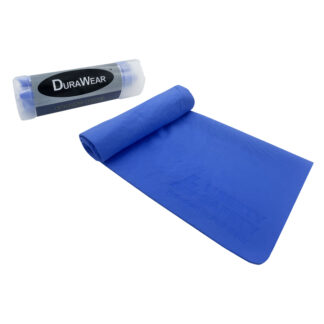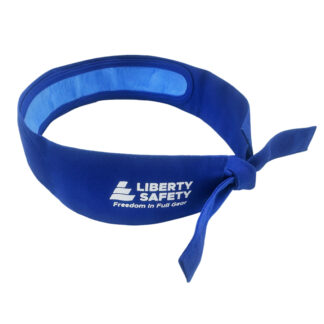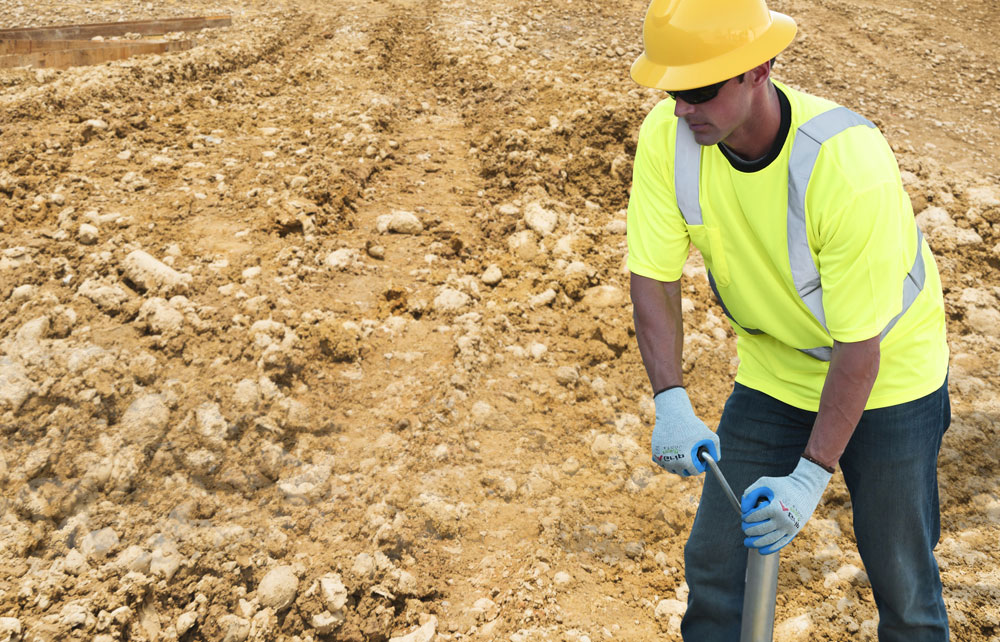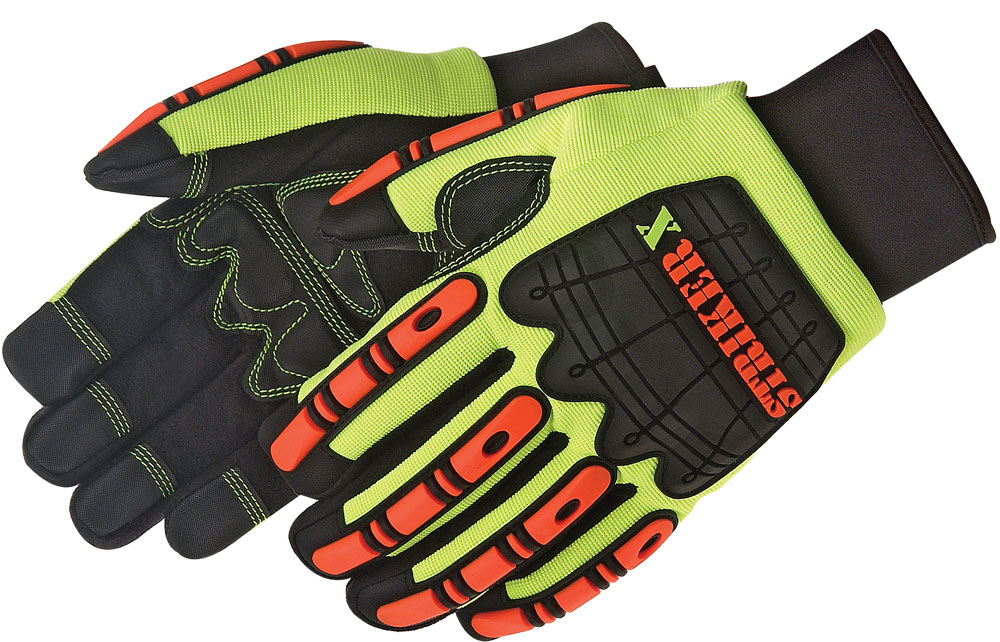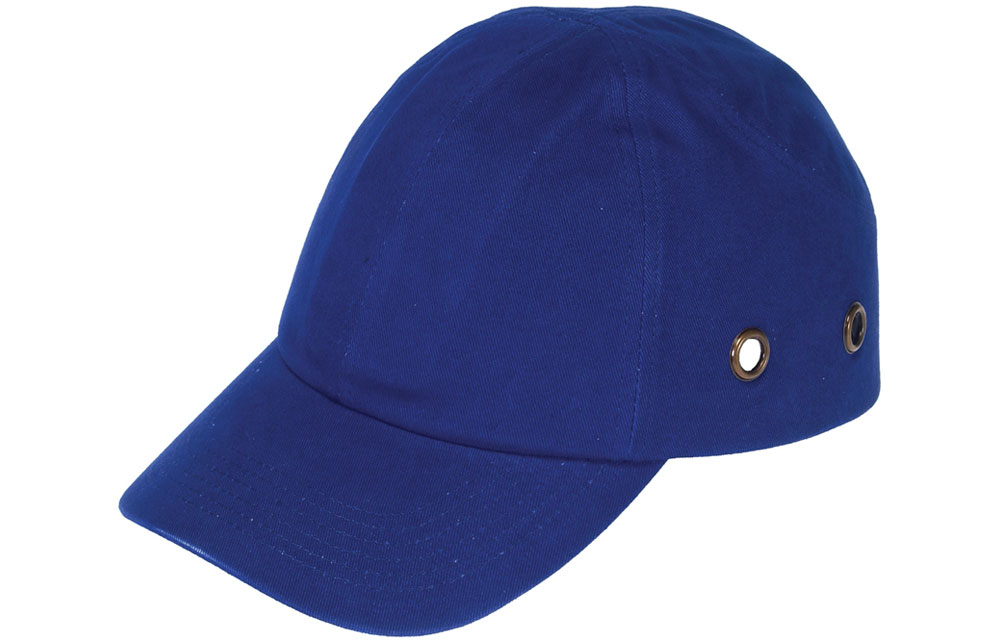
Once again, it’s a hotter-than-usual summer. While many of us can seek shelter from the intense heat, outdoor workers like those working in agriculture, construction, or utilities endure the brunt of it. These workers are not only constantly exposed to high temperatures for long hours but also often perform physically demanding work. It’s the type of environment that can lead to a higher risk of heat stress.
Heat stress creates a series of conditions where the body is under stress from overheating. Heat-related illnesses include heat cramps, heat exhaustion, heat rash, and heat stroke.
It’s critical to educate yourself and your crew on the symptoms, preventative measures, and products to help minimize the dangers. Using a trusted heat index chart is the first step in calculating and managing your workers’ heat stress risk.

Besides the NWS heat index chart, you can also download OSHA-NIOSH’s app that works on most smartphones and gives you the current heat index, precautions, and recommendations. Worksite safety professionals can use the app to recognize when additional preventive options should be implemented quickly. For example, as the heat index increases, more water and rest breaks may become necessary.
Heat stress symptoms
Heat stress happens when the body is exposed to excess heat and reaches a point where the average body temperature is not attainable in response to the current weather.
Outdoor workers often overlook the signs of heat stress. It can start with a feeling of confusion or difficulty concentrating, then may progress to more severe heat stroke symptoms, like fainting or collapsing. The type of health effects that can occur are:
Heat Exhaustion signs and symptoms include headache, nausea, vertigo, weakness, thirst, and giddiness. Fortunately, this condition responds readily to prompt treatment.
Heat Cramps are painful, involuntary muscle spasms that appear to be from a lack of water replenishment caused by excessive sweating and an electrolyte imbalance.
Heat Rashes occur as red bumps that create a prickling sensation, usually in areas where the clothing is restrictive. Those bumps may become infected if they are not treated.
Heat Fatigue signs include an unusual impairment in work performance. There is no treatment for heat fatigue except removing heat stress before a more serious heat-related condition develops.

Workplace heat stress prevention
OSHA recommends the following administrative or work practice controls to prevent and manage heat stress.
Acclimatize workers by exposing them to work in a hot environment for more extended periods. NIOSH suggests that workers with previous experience with high heat levels are high enough to produce heat stress may acclimatize with a regimen of 50% exposure on day one, 60% on day two, 80% on day three, and 100% on day four. For new workers, it should be 20% on day one, with a 20% increase each additional day.
Replace Fluids by providing cool (50°-60°F) water or any cool liquid (except alcoholic beverages) to workers and encourage them to drink small amounts frequently, e.g., one cup every 20 minutes. Ample supplies of fluids should be available in the work area.
Reduce the physical demands by minimizing physically exerting tasks such as heavy lifting, digging, climbing, etc. Spread work out over more individuals, use relief workers or assign extra workers. Provide external pacing to minimize overexertion.
Provide recovery areas such as air-conditioned enclosures, rooms, and intermittent rest periods with water breaks.
Reschedule hot jobs for the cooler part of the day, and routine maintenance and repair work in hot areas should be scheduled for the year’s cooler seasons.
Monitor workers at risk of heat stress, such as those wearing semi-permeable or impermeable clothing when the temperature exceeds 70°F while working at high metabolic loads (greater than 500 kcal/hour).
Furthermore, OSHA suggests wearing lightweight clothing for better ventilation and less strain on an individual’s body. Reflective clothing can also help cool workers by reducing the radiant heat reaching their bodies. Other cooling products like wetted clothing and water-cooled garments are also effective in bringing temperatures down.
Heat stress products
Liberty Safety’s line of cooling products provides the cooling relief you are looking for in a variety of ways. Each garment can help your workers maintain a healthy body temperature when used during their workday.
HiVizGard™ Full Brim Neck Shade
Because the sun cannot always be avoided, managing your exposure to it is made a lot easier when you can shield your face and neck area. The HiVizGard™ Full Brim with Neck Shade will keep you covered while you work outside.
The hi-vis material of this cooling product provides great visibility and fits on most outside cap-style and full-brim hard hats. It can also be folded into a pouch which makes it portable and convenient. It comes in several fluorescent colors to enhance outdoor worker visibility.
DuraWear™ Cooling Towel
When it is extra hot outside, it feels good to be able to reach for a towel that will not only mop the sweat from your brow but also bring your temperature down. The DuraWear™ Cooling Towel is made to do just that. It is designed with an advanced Poly Vinyl Alcohol (PVA) material that is also antimicrobial-treated to prevent mold build-up.
You can activate the cooling effect by soaking it in water for 2 to 3 minutes, wringing out excess water, and wrapping it around your head or neck for an instant feeling of refreshment. Some workers find it effective to wipe it on the pulse points of their body as well.
HiVizGard™ Evaporative Cooling Safety Vest
Like our other cooling products, you can easily activate the cooling relief of this Class 2 certified antimicrobial safety vest by soaking it in cold water for 2-5 minutes. Then just gently wring it out, and it is ready to wear.
Even when the lightweight quilted nylon material is wet, it was designed to keep you dry. By using an evaporative cooling process, the chance of heat exhaustion and heat-related fatigue is greatly reduced.
DuraWear™ Cooling Bandana
Attack the summer heat with a bandana that holds its cool. Soak the DuraWear™ Cooling Bandana in water and use it as an evaporative cooler. Made of polyvinyl alcohol material, it is quickly activated and can cool you down when you need it most.
This universal-sized bandana can be tied around the neck or worn like a headband, and it is machine washable too. When properly maintained, you can use it over and over again.
Stay safe from heat stress
By using the right cooling gear and also putting into practice practical worksite protocols, you can provide relief to your outdoor workers throughout the hot summer season.
Visit the National Emphasis Program on Outdoor and Indoor Heat Hazards (NEP), a website recently established by OSHA, for more information and reminders on the risks of heat stress and how to help workers avoid it.
And if you’d like to learn more about the products mentioned in this post along with all your summertime PPE options, give us a call at 800-327-8333 or check them out for yourself on our website.

